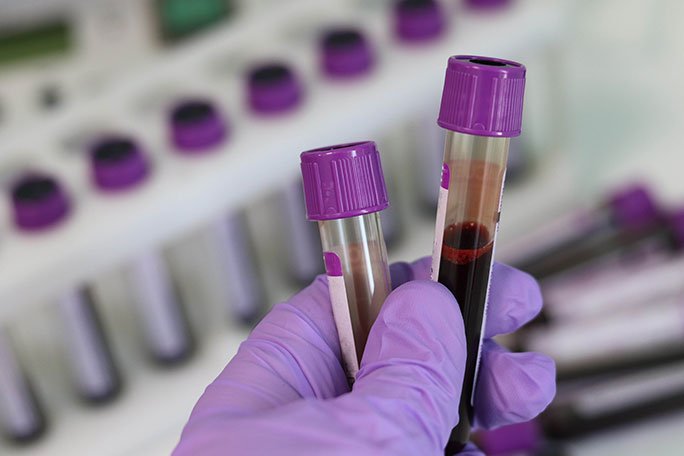Optimizing Efficiency and Cost-Effectiveness of Hospital Equipment Procurement Across Multiple Facilities
Summary
- Implementing centralized procurement processes can help streamline equipment purchasing and reduce costs.
- Utilizing data analytics and inventory management systems can improve efficiency in equipment utilization and maintenance.
- Standardizing equipment across facilities can simplify maintenance, training, and procurement processes.
Introduction
Hospital supply and equipment management are crucial components of healthcare operations, impacting patient care, costs, and overall efficiency. When managing a network of multiple facilities in the United States, it becomes increasingly challenging to optimize the efficiency and cost-effectiveness of equipment procurement. In this article, we will explore strategies that can be implemented to address these challenges and enhance equipment management across multiple hospital facilities.
Centralized Procurement Processes
One strategy to optimize the efficiency and cost-effectiveness of hospital equipment procurement in a network of multiple facilities is to establish centralized procurement processes. By centralizing procurement, healthcare organizations can benefit from economies of scale and negotiate better prices with suppliers. This approach can also help standardize equipment across facilities, leading to cost savings and improved efficiency.
Benefits of Centralized Procurement
- Cost savings through volume discounts
- Streamlined purchasing processes
- Standardization of equipment
- Improved supplier relationships
Challenges of Centralized Procurement
- Resistance from individual facilities
- Coordination and communication challenges
- Need for centralized inventory management
Data Analytics and Inventory Management
Another key strategy to optimize equipment procurement is to leverage data analytics and inventory management systems. By analyzing data on equipment utilization, maintenance, and lifecycle costs, healthcare organizations can make more informed procurement decisions. Implementing inventory management systems can also help prevent overstocking or stockouts, reducing waste and costs.
Benefits of Data Analytics and Inventory Management
- Improved equipment utilization
- Preventative maintenance planning
- Cost savings through optimized inventory levels
- Enhanced equipment lifecycle management
Challenges of Data Analytics and Inventory Management
- Integration of systems and data sources
- Training and adoption of new technologies
- Data security and privacy concerns
Standardization of Equipment
Standardizing equipment across multiple hospital facilities can also contribute to optimizing procurement efficiency. By standardizing equipment models, brands, and specifications, healthcare organizations can simplify maintenance, training, and procurement processes. Standardization can also facilitate bulk purchasing and reduce costs through volume discounts.
Benefits of Standardization
- Streamlined maintenance processes
- Consistent training for staff
- Reduced procurement complexity
- Cost savings through bulk purchasing
Challenges of Standardization
- Resistance from individual facilities or departments
- Adaptation to new equipment models or brands
- Specialty equipment requirements
Conclusion
Optimizing the efficiency and cost-effectiveness of hospital equipment procurement in a network of multiple facilities requires strategic planning and collaboration. By implementing centralized procurement processes, leveraging data analytics and inventory management systems, and standardizing equipment across facilities, healthcare organizations can streamline operations, reduce costs, and enhance patient care. It is essential for healthcare leaders to evaluate the unique needs and challenges of their organization and develop tailored strategies to improve equipment management.

Disclaimer: The content provided on this blog is for informational purposes only, reflecting the personal opinions and insights of the author(s) on the topics. The information provided should not be used for diagnosing or treating a health problem or disease, and those seeking personal medical advice should consult with a licensed physician. Always seek the advice of your doctor or other qualified health provider regarding a medical condition. Never disregard professional medical advice or delay in seeking it because of something you have read on this website. If you think you may have a medical emergency, call 911 or go to the nearest emergency room immediately. No physician-patient relationship is created by this web site or its use. No contributors to this web site make any representations, express or implied, with respect to the information provided herein or to its use. While we strive to share accurate and up-to-date information, we cannot guarantee the completeness, reliability, or accuracy of the content. The blog may also include links to external websites and resources for the convenience of our readers. Please note that linking to other sites does not imply endorsement of their content, practices, or services by us. Readers should use their discretion and judgment while exploring any external links and resources mentioned on this blog.
